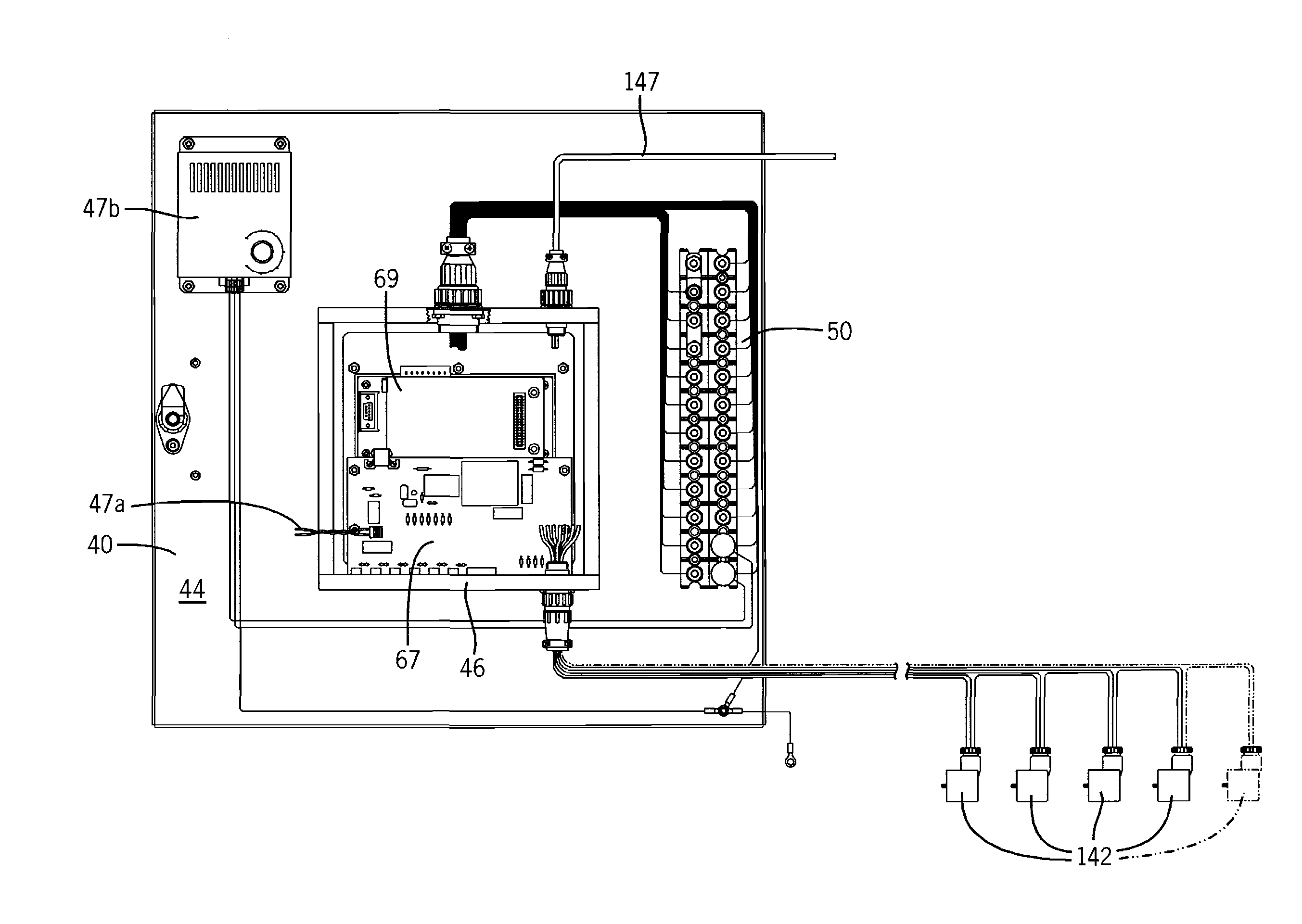Pneumatic Retarder Actuator Valve
a technology of pneumatic retarder and actuator, which is applied in non-electric variable control, process and machine control, instruments, etc., can solve the problems of too little speed, car will not jump the track, and car will damage the coupling mechanism,
- Summary
- Abstract
- Description
- Claims
- Application Information
AI Technical Summary
Benefits of technology
Problems solved by technology
Method used
Image
Examples
Embodiment Construction
[0048]While this invention is susceptible of embodiment in many different forms, the drawings show and the specification describes in detail a preferred embodiment of the invention. It should be understood that the drawings and specification are to be considered an exemplification of the principles of the invention. They are not intended to limit the broad aspects of the invention to the embodiment illustrated.
[0049]The present invention relates to an electro-pneumatic retarder control (EPRC) or control valve assembly generally indicated by reference number 10 and shown in FIGS. 1 and 2. The control valve assembly 10 is typically installed within a few feet of a marshalling yard retarder (not shown), which moves its brakes into braking engagement against the wheels of the cars. The valve assembly 10 is divided into four areas or quadrants 11-14. Pressurized air is received by the valve assembly 10 via its intake quadrant 11, and controllably delivers the pressurized air to its suppl...
PUM
 Login to View More
Login to View More Abstract
Description
Claims
Application Information
 Login to View More
Login to View More - R&D
- Intellectual Property
- Life Sciences
- Materials
- Tech Scout
- Unparalleled Data Quality
- Higher Quality Content
- 60% Fewer Hallucinations
Browse by: Latest US Patents, China's latest patents, Technical Efficacy Thesaurus, Application Domain, Technology Topic, Popular Technical Reports.
© 2025 PatSnap. All rights reserved.Legal|Privacy policy|Modern Slavery Act Transparency Statement|Sitemap|About US| Contact US: help@patsnap.com



